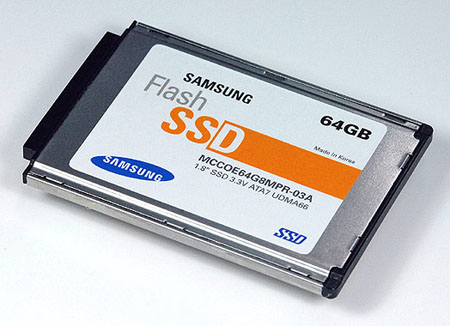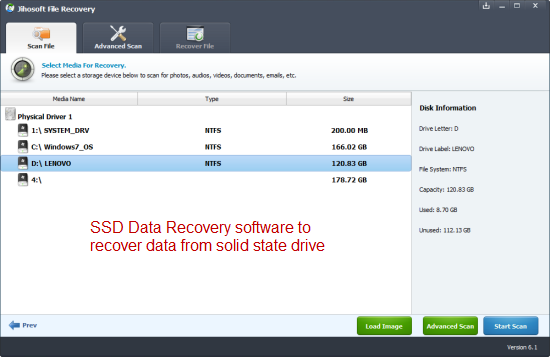SSD Data Recovery, How to Recover Data from Solid State Drive
What is SSD (Solid State Drive)?
A SSD, shot for solid-state drive or solid state disk, is a data storage device using integrated circuit assemblies as memory to store data persistently. SSDs have no moving mechanical components, which distinguishes them from traditional electromechanical magnetic disks such as hard disk drives or floppy disks. They are typically more durable and much quieter, have faster data access and less latency.

Common Causes of SSD Data Loss
With the widely use of solid state drive, SSD data loss happens a lot in our daily life. Many scenarios could lead to data loss from solid state drive, such as, hardware failure, human error, computer viruses, power surges, software corruption, etc.
SSD data loss is not a reason to be in panic. Technically speaking, the deleted data is not gone permanently. They would still remain on the device unless you save new data to the SSD drive. If you are experiencing data loss with your solid state hard drive, Jihosoft File Recovery is ready to help. It is a powerful SSD data recovery to recover data from SSD drive easily and quickly.
Jihosoft File Recovery can recover data from solid state drive of popular brands, including Intel, SanDisk, Western Digital, OCZ, Patriot Memory, Samsung, Micron, Kingston, STEC, PNY, Crucial, Transcend, and more.
How to Recover Data from SSD Drive?
Step 1: Download and install Jihosoft Solid State Drive Recovery software.
Step 2: Run the program and select the SSD drive to scan lost files on it.
Step 3: Preview scanned files and restore data from solid state drive.

Tips: Don’t install the software onto the SSD drive where you lost files. Get Jihosoft File Recovery for Mac to perform SSD data recovery on Mac.
SSD vs. HHD: What’s the Difference?
The standard hard drive (HHD) has been the predominant storage device for computers, both desktops and laptops, for a long time. The solid state drive (SSD) is the newest storage device used for laptops, notebooks, tablets, etc. A typical HDD takes about 5,000 to 10,000 micro-seconds to access data. A SSD has access speeds of 35 to 100 micro-seconds, which is nearly 100 times faster. The HDD has moving parts and magnetic platters, while the SSD drive has no moving parts, which provides better performance and reliability over a HDD. For most computer users, it is suggested using SSD as a primary drive for operating system and having either one or more HDD to store files.

